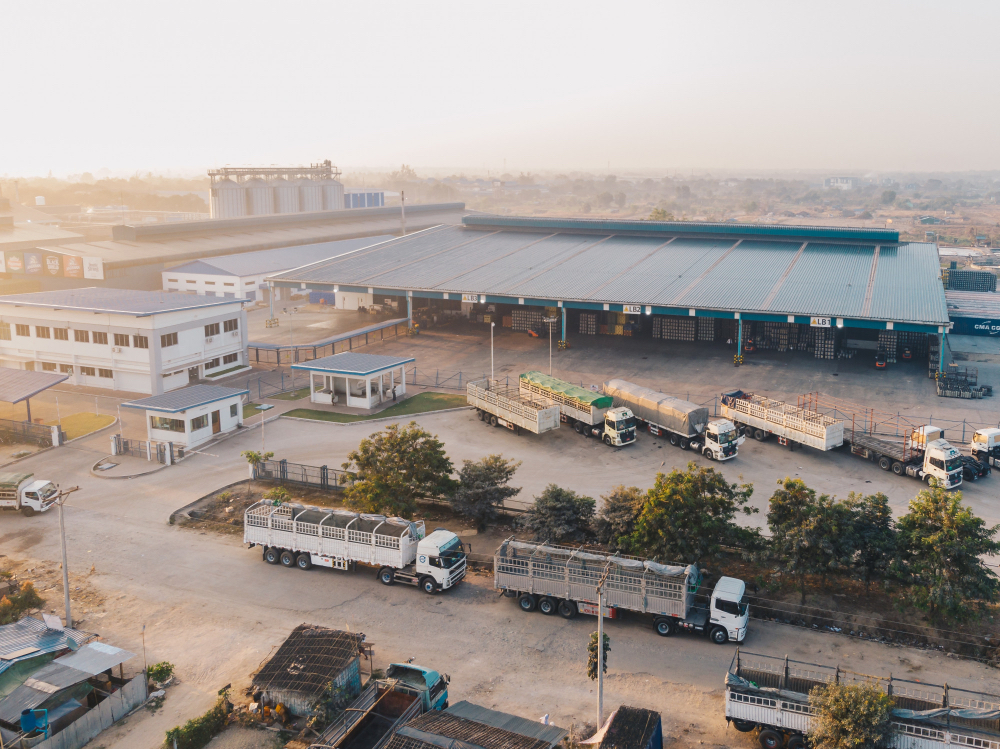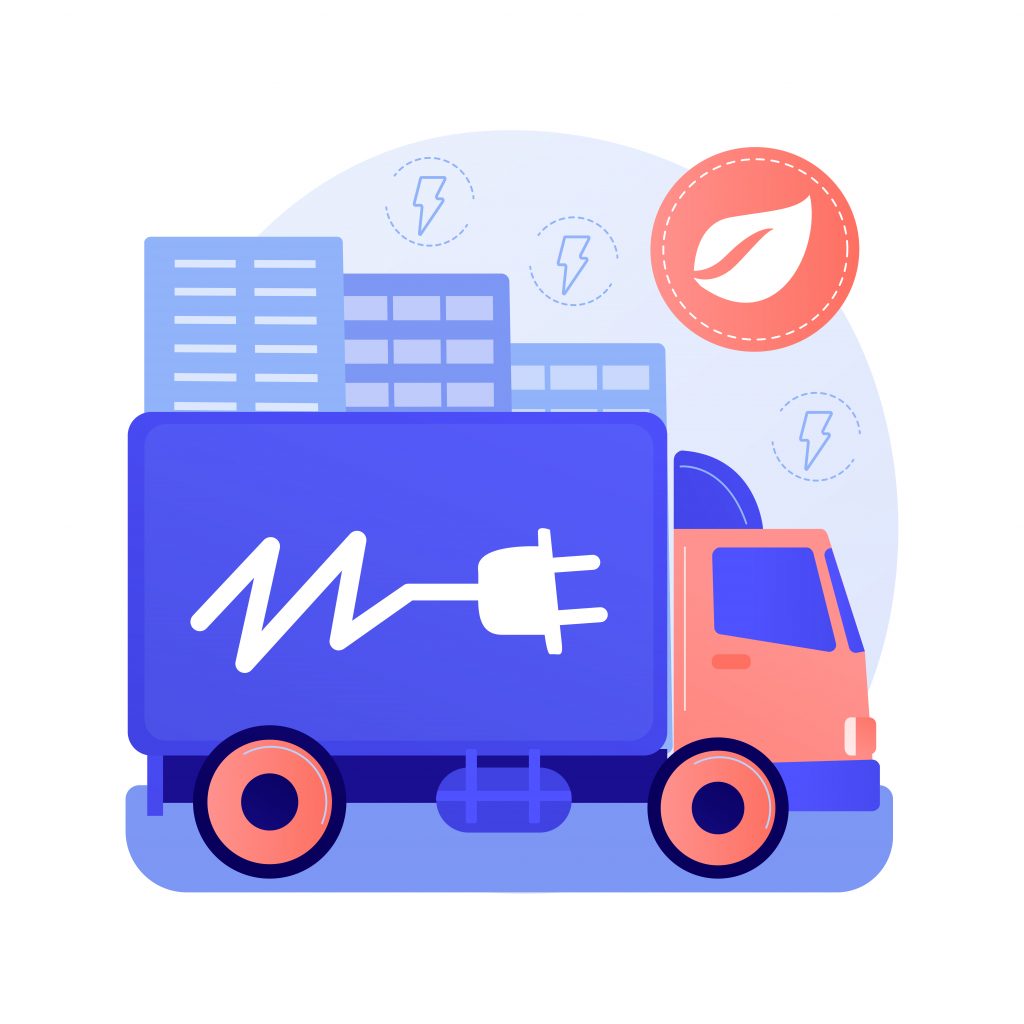Do you need an API to figure out your fleet’s transportation? We demonstrate how to obtain it below.
The greenhouse effect is amplified by greenhouse gas emissions from humans, which results in climate change. Most of it is carbon dioxide, which is produced by the burning of fossil fuels including coal, oil, and natural gas. Compared to pre-industrial levels, emissions brought on by human activity have increased atmospheric carbon dioxide by about 50%. Transportation and electricity generation both contribute significantly to pollution, with coal-fired power plants responsible for 20% of GHG emissions.
Fleet transportation is used to carry many of the goods and services that people rely on every day. Many businesses depend on the fleets of ships, planes, trucks, and trailers. But it frequently leaves a huge carbon footprint. In fact, the largest increase in emissions was seen in the fleet of gas carriers. This one is followed by bulk carriers, with the global tanker fleet also producing more CO2 as the world’s oil demand increases.
Approximately 940 million tonnes of CO2 are emitted annually by fleet transportation. It accounts for around 2.5% of all greenhouse gas emissions. Currently, the most effective way to lessen the amount of carbon is by calculating the carbon footprint you usually produce. Consequently, with this information, you can elaborate plans that adopt environmentally friendly alternatives.
Why Use an API?
Using an API is the most efficient way to obtain information on CO2 emissions produced by your industry. This mechanism enables data transmission and communication between two devices. Carbon offset APIs calculate carbon emissions on a transaction-by-transaction basis in real-time. By determining the quantity of carbon released you can put mitigation strategies into action.
To improve the environment, many businesses seek to know how their industry affects it. The carbon footprint of a company is also frequently used in corporate reporting and is intended to demonstrate the performance of the company regarding climate change to all stakeholders (suppliers, customers, investors, government, and others). If you want to figure out your carbon footprint from your fleet transportation emissions you must use the best carbon footprint api, CarbonAPI. Find more information below.
CarbonAPI
CarbonAPI helps you instantly calculate your CO2 emissions. This carbon footprint API estimates pollutants using production units per hour, material consumption units per hour, or any other unit for which an emission factor is given. You can use this information to adopt sustainable resources to lessen your carbon footprint. CarbonAPI is dedicated to encouraging environmental care, accountability, and transparency. It converts your energy usage into data on carbon dioxide emissions and converts litres of diesel, gasoline, or LPG into kilograms of CO2 equivalent.
Its cloud platform makes it simple to add a user interface to your page. Also, the Open API can be modified to match the visual style and operational requirements of your company. CarbonAPI programming expertise is extensive and covers several endpoints. It includes calculating fleet transportation emissions.
You can join by simply following these steps:
Visit the CarbonAPI website and review the supporting documentation.
Choose the carbon endpoint you want to estimate from the documentation.
Use the facts you’ve collected to fill in the blanks.
The API response will be displayed once the compute button has been pressed.
The use of a carbon offset API can specify how logistics energy use, cargo flows, and freight transportation have an overall negative impact on the environment. CarbonAPI can help you encourage corporate social responsibility and achieve your environmental goals.




